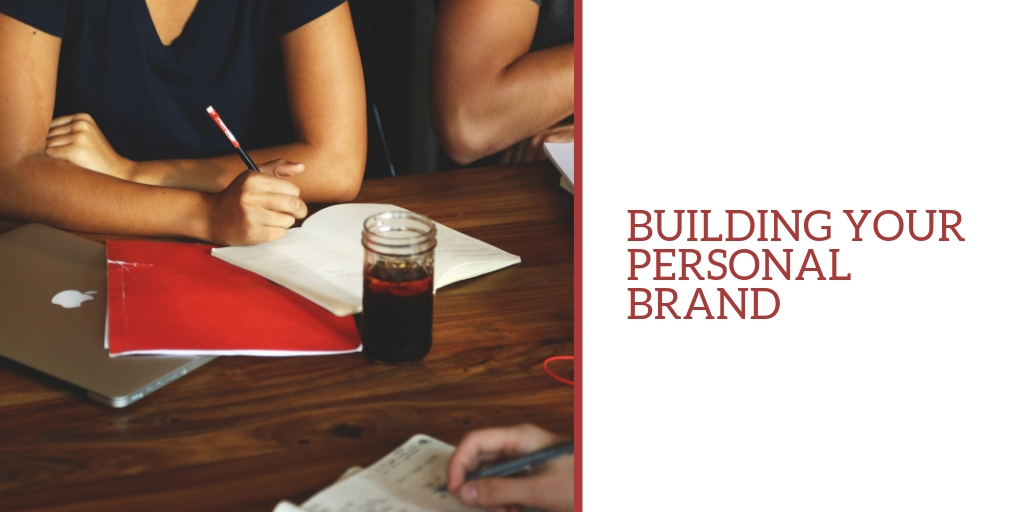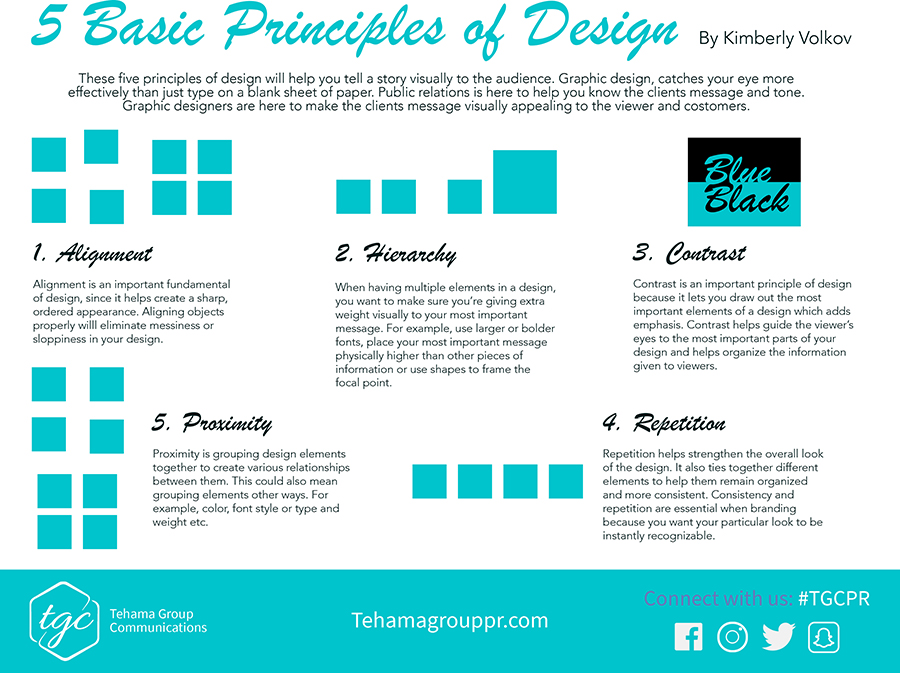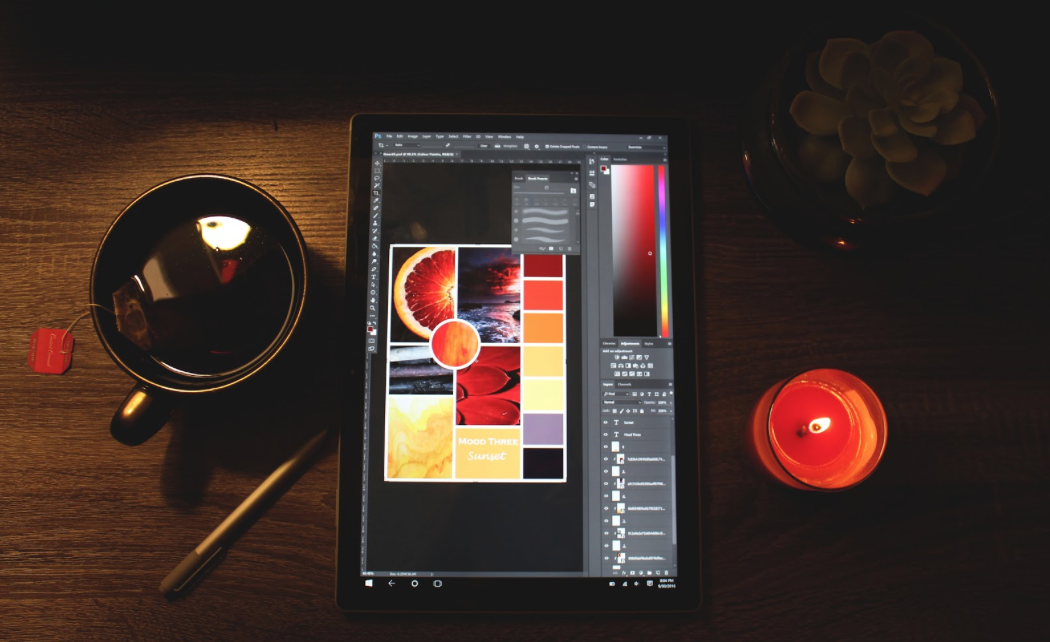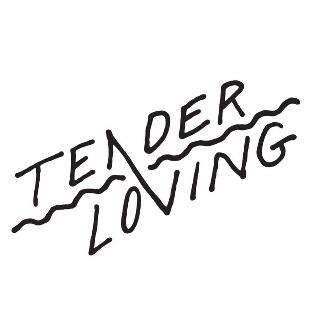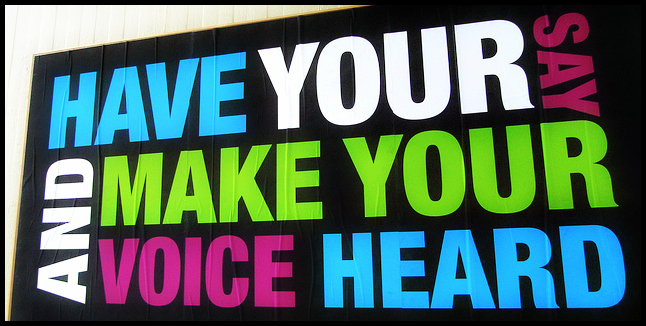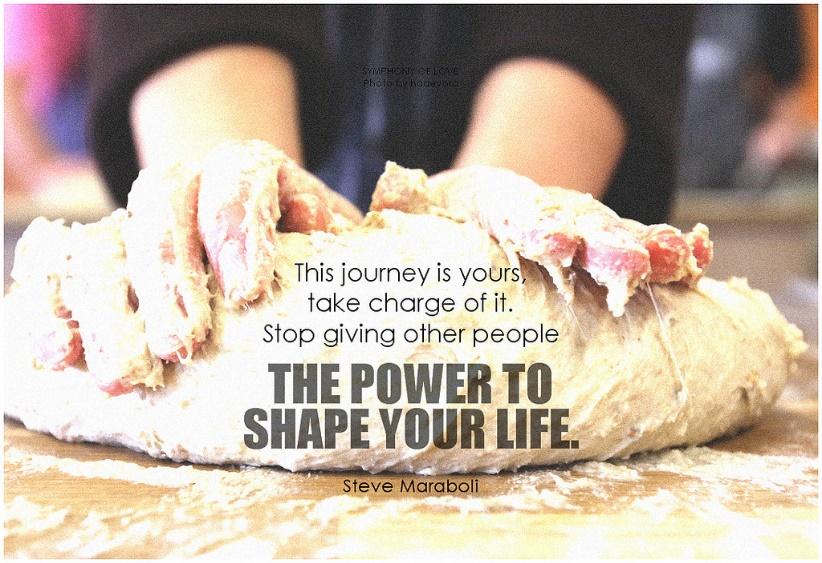To be successful in any industry, it’s essential to look the part. Workplace culture is evolving and many places may be a little more casual when it comes to work attire. Although freedom of expression is definitely shown through the clothes we wear, it’s critical to remember that what you wear represents your brand.
In the PR world, we strive to present the best possible strategies and ideas to our clients. Public relation practitioners are quite the masters at the art of persuading. Just like you wouldn’t showcase your lowest quality of work, you shouldn’t sell yourself short either.
Brand management is critical and building your brand is probably the most important. All the skills you possess will get you far, but how you look and how you present yourself will definitely add on those points with employers. There are many things you’re taught to become aware of when entering the professional world. Here are three ways to really strengthen your brand.
- Dress for success
You want to make sure that how you dress both relate to the culture of your workplace and represent what’s important to you. Discover what your style is and get creative when relating it to your workplace culture. Some places will probably require you to dress more business professional, while others might be more casual and informal. Whatever the culture is, make sure you style yourself up so you give off the impression that you are passionate about where you work.
- Clean up your social media
Keeping your social media pages clean will help avoid awkward conversations from your employer. Even if your page is private, those inappropriate pictures can still make their way into the public eye. How you present yourself on social media can reflect greatly on your company. Employers will sometimes take a look at your social media pages to get a glimpse of who you are and what you represent. Therefore, make sure to only present your best self on social media.
- Amp up your network
What a better way of exhibiting your best self than by having a few professional individuals backing up all of your strong qualities. Having some respectable connections can truly make your brand look credible and open up more opportunities for you. However, these connections aren’t going to come to you. Branch out to other people who work in the positions or industries you want to work in to gain some knowledge of what to expect and build that relationship as well.
Among all other things, displaying your best brand requires endless effort, since it’s a lifetime job and always remember to keep it consistent. Showcasing your utmost personal brand will open many professional doors for you in the workforce.
By: Grace Gonzalez


